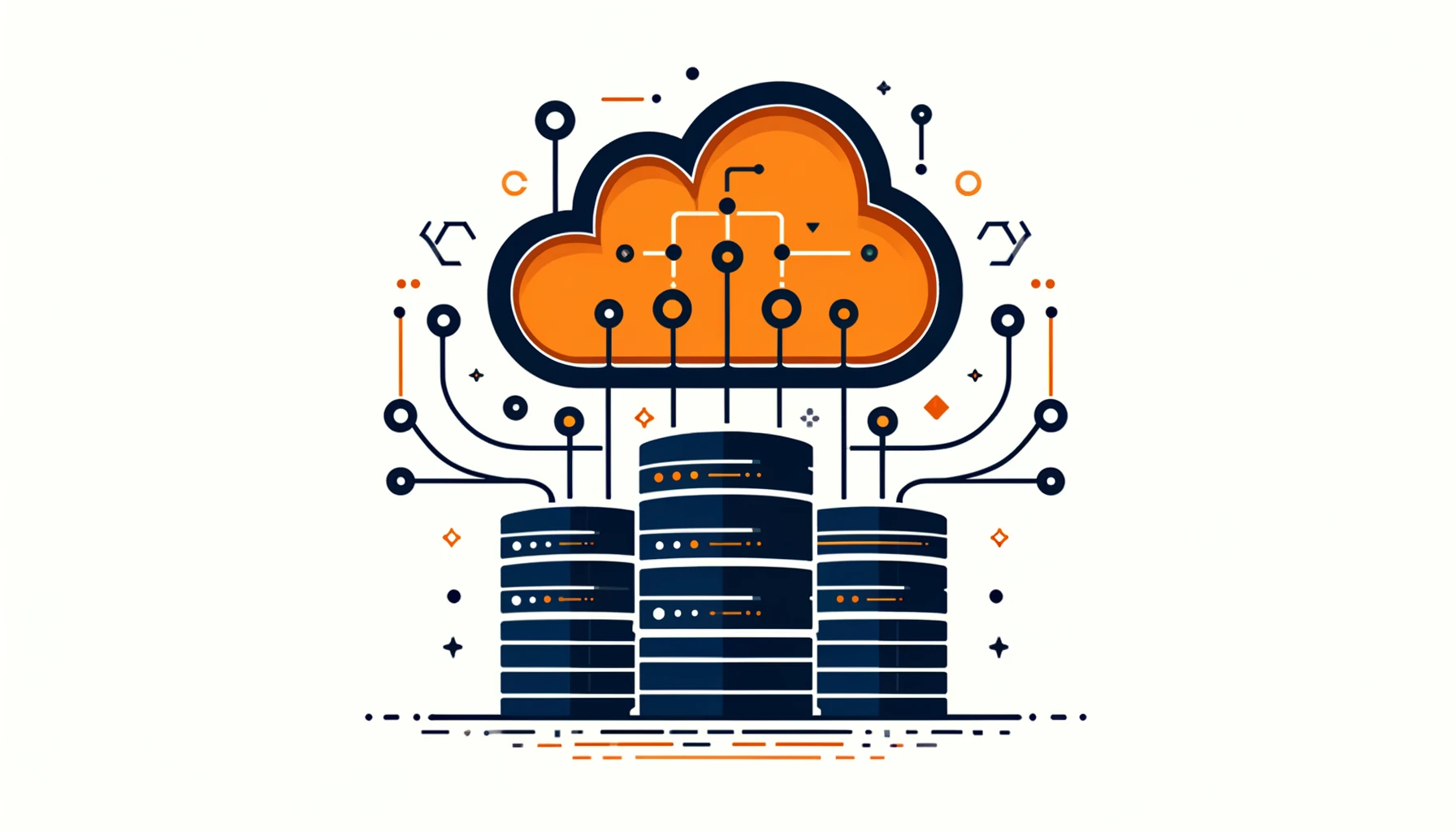
Cloud Database

In the evolving world of data infrastructure, businesses are increasingly adopting the cloud database model to manage information securely, efficiently, and at scale. A cloud-based database eliminates the need for physical hardware, offering flexibility, high availability, and reduced maintenance costs. This article explores what these systems are, how they work across major platforms, and provides practical examples for implementation.
What is a Cloud Database?
A cloud database is a database service built and accessed through a cloud platform. It allows users to store and manage data without the physical limitations of traditional database management systems. These services support structured, semi-structured, and unstructured data, making them adaptable to different business needs.
Why Cloud Databases?
Businesses are moving to hosted data solutions because they offer on-demand scalability, reduced infrastructure costs, and improved performance. Unlike traditional systems, a cloud-hosted database can adapt quickly to changes in workload and user demand, making it an ideal foundation for modern data-driven applications.
Cloud Database Implementation
Popular Cloud Database Services
Several leading cloud providers offer fully managed data services tailored to various enterprise needs. Some of the most widely used platforms include:
- Amazon Web Services (AWS) RDS: Supports MySQL, PostgreSQL, Oracle, SQL Server, and MariaDB with built-in backup, scaling, and maintenance features.
- Google Cloud SQL: A fully managed relational database service supporting MySQL, PostgreSQL, and SQL Server with seamless integration into Google Cloud.
- Microsoft Azure SQL Database: Offers a scalable and secure SQL Server-based platform with native support for JSON, XML, and graph data types.
Configuration Examples
To help you deploy and manage cloud-based databases, here are setup examples using Amazon RDS, Google Cloud SQL, and Microsoft Azure SQL Database. Each service provides cloud-native tools to configure, secure, and scale your infrastructure.
Amazon RDS Example
# Set up a new Amazon RDS DB instance aws rds create-db-instance \ --db-instance-identifier ExampleDB \ --db-instance-class db.m4.large \ --engine mysql \ --master-username admin \ --master-user-password securepassword \ --allocated-storage 20
This command creates a new MySQL instance with 20 GB of allocated storage.
Google Cloud SQL Example
gcloud sql instances create example-instance --tier=db-n1-standard-1 --region=us-central1 gcloud sql users set-password root --host=% --instance=example-instance --password=securepassword
These commands initialize a new SQL instance and configure user credentials.
Microsoft Azure SQL Database Example
az login az sql db create --resource-group myResourceGroup --server myServer --name mySampleDatabase --service-objective S0
This command provisions a SQL database with the S0 performance tier in a specified resource group.
Querying a Cloud Database
After creating your instance, the next step is connecting and querying it using familiar SQL tools. Although the infrastructure is hosted in the cloud, the process of querying remains similar to traditional systems—with the added benefit of managed scalability and uptime.
Querying Amazon RDS
mysql -h myrdsinstance.abcdefg.us-west-2.rds.amazonaws.com -u admin -p SELECT * FROM your_table;
Querying Google Cloud SQL
gcloud sql connect example-instance --user=root SELECT * FROM your_table;
Querying Microsoft Azure SQL Database
sqlcmd -S yourserver.database.windows.net -U yourusername -P yourpassword -d yourdatabasename SELECT * FROM your_table;
Types of Cloud Databases
Relational vs. Non-Relational
These services include both relational and non-relational database models. SQL-based systems like PostgreSQL and SQL Server offer ACID compliance, while NoSQL platforms like MongoDB support flexible schemas and large-scale distribution.
Cloud Storage Options
Performance and scalability can vary depending on storage type. Common storage backends include:
- Block storage: Best for transactional systems with high I/O.
- File storage: Works well when data access must happen through a file system.
- Object storage: Ideal for large-scale unstructured data like logs, images, or backups.
Maintenance and Security
Maintaining cloud-hosted databases involves ongoing backups, updates, user access control, and encryption. With sensitive information increasingly stored off-site, ensuring security and compliance is critical.
DataSunrise: Advanced Cloud Security
DataSunrise provides a full suite of protection tools for securing cloud data environments. This includes SQL injection defense, real-time auditing, data masking, and compliance automation. These capabilities are essential for teams managing regulated or sensitive workloads in the cloud.
Request a personalized online demo to see how DataSunrise strengthens your cloud environment in real time.
Conclusion
A cloud database provides a modern, scalable way to manage critical data without the operational complexity of traditional hardware. As businesses move more workloads into the cloud, understanding how to configure, secure, and query these systems is vital.
With tools like Amazon RDS, Google Cloud SQL, and Azure SQL Database—alongside security platforms like DataSunrise—you can confidently adopt cloud-based architecture while maintaining performance, compliance, and security.
